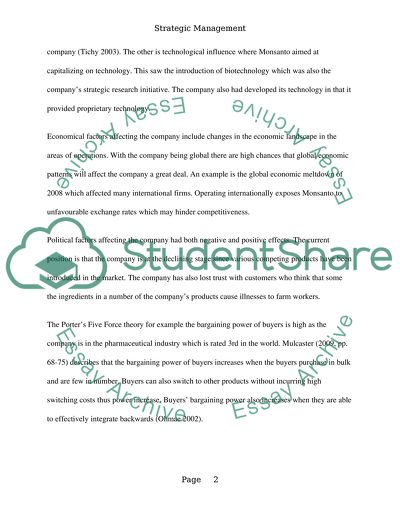Cite this document
(“Monsanto and Cochlear case analysis : A strategic Management Essay”, n.d.)
Retrieved from https://studentshare.org/environmental-studies/1404811-monsanto-and-cochlear-case-analysis-a-strategic
Retrieved from https://studentshare.org/environmental-studies/1404811-monsanto-and-cochlear-case-analysis-a-strategic
(Monsanto and Cochlear Case Analysis : A Strategic Management Essay)
https://studentshare.org/environmental-studies/1404811-monsanto-and-cochlear-case-analysis-a-strategic.
https://studentshare.org/environmental-studies/1404811-monsanto-and-cochlear-case-analysis-a-strategic.
“Monsanto and Cochlear Case Analysis : A Strategic Management Essay”, n.d. https://studentshare.org/environmental-studies/1404811-monsanto-and-cochlear-case-analysis-a-strategic.


